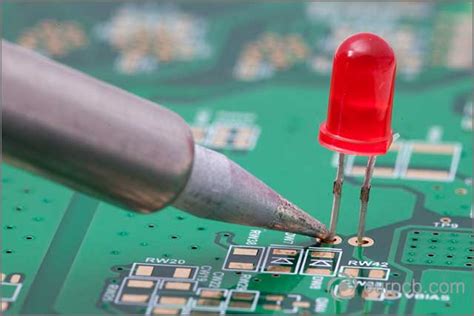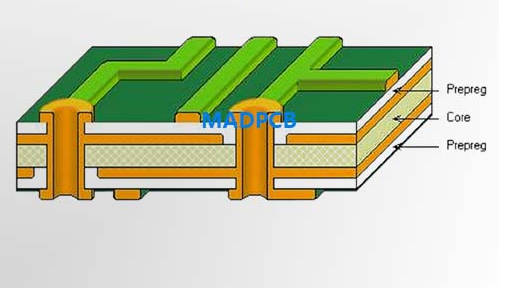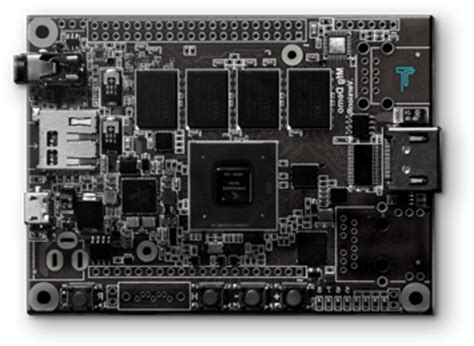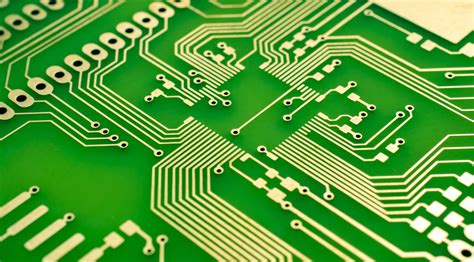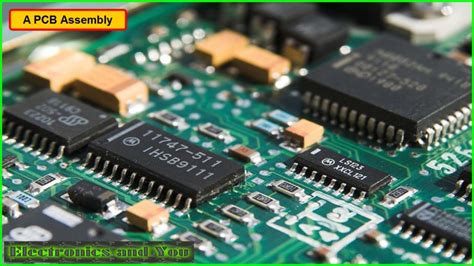Optimizing LED PCB Assembly for Enhanced Performance and Efficiency

Key Takeaways
In the realm of LED PCB assembly, achieving optimal performance and efficiency is paramount. A thorough understanding of the pcba process is essential for manufacturers aiming to enhance their production lines. Key strategies to consider include embracing advanced technologies like automated assembly systems, which streamline operations and significantly reduce human error. Implementing rigorous quality control measures not only ensures high-grade output but also minimizes costly reworks.
Furthermore, a focus on component placement accuracy can greatly impact the performance of the completed pcba, leading to improved thermal management and prolonged component life. Cost-effective strategies should also be prioritized; for example, bulk purchasing of materials can lead to substantial savings without sacrificing quality.
To illustrate these concepts, consider the following table that outlines some effective techniques:
| Technique | Benefits |
|---|---|
| Automated Assembly Systems | Reduces labor costs and human errors |
| Component Placement Optimization | Enhances performance and reliability |
| Bulk Material Purchasing | Lowers overall manufacturing costs |
"Efficiency in LED PCB assembly processes not only leads to better products but also contributes to a more sustainable manufacturing environment."
By implementing these best practices, manufacturers can position themselves favorably in an increasingly competitive market while meeting the demands for high-quality and cost-effective pcba solutions.
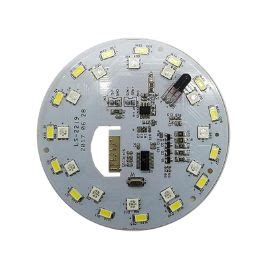
Introduction to LED PCB Assembly
The process of LED PCB assembly (or PCBA) is crucial in the design and manufacturing of efficient lighting solutions. It involves the integration of light-emitting diodes (LEDs) onto printed circuit boards, which serves as the backbone for various electronic devices. The transition to LED technology has elevated the standards for pcba due to its superior energy efficiency and longevity compared to traditional lighting sources. Understanding the intricacies of this assembly process is paramount for manufacturers aiming to enhance performance and reduce operational costs. By employing reliable assembly techniques, companies can ensure that each component, from solder joints to thermal management systems, is optimized for peak functionality. Furthermore, incorporating advanced technology into the LED PCB assembly workflow not only elevates product quality but also addresses challenges associated with heat dissipation—a key factor influencing performance in high-powered LED applications. Each stage of the pcba process requires meticulous attention to detail, underscoring its importance in delivering high-quality end products that meet market demands while remaining cost-effective. Through strategic planning and implementation, manufacturers can leverage effective solutions that advance both manufacturing efficiency and overall product reliability.
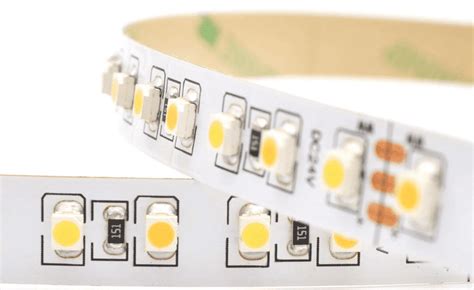
Importance of Performance and Efficiency in LED PCB Assembly
The significance of performance and efficiency in LED PCB assembly cannot be overstated. In an industry where technological advancements are rapid, ensuring the optimal functionality of printed circuit board assembly (PCBA) processes is crucial for staying competitive. High-performance standards directly correlate with the reliability and longevity of LED products, which are integral in various applications, from consumer electronics to industrial lighting solutions. Furthermore, enhancing efficiency not only streamlines the manufacturing process but also contributes to cost-saving measures. By reducing waste and minimizing the time spent on assembly, manufacturers can deliver high-quality products more swiftly. Implementing advanced techniques such as automated assembly systems and real-time monitoring can significantly improve both performance and efficiency within LED PCBA environments. This proactive approach leads to a reduction in potential defects during production, ensuring that the final output meets stringent quality standards while also optimizing resource utilization. Therefore, focusing on these areas is essential for manufacturers aiming to thrive in a fast-paced market characterized by constant innovation and evolving consumer expectations.
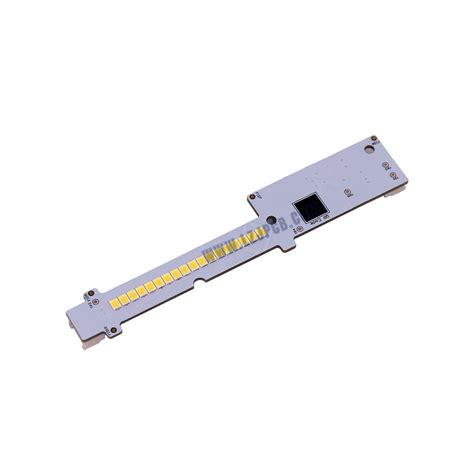
Key Techniques for Optimizing LED PCB Processes
To achieve optimal pcb assembly for LED applications, it is crucial to implement several key techniques that enhance both performance and efficiency. One of the foundational strategies involves adopting advanced pcba technologies that prioritize precision and reliability. Utilizing state-of-the-art equipment for placement and soldering ensures that components are positioned accurately, reducing the likelihood of misalignments that could impact functionality. Additionally, utilizing high-quality materials can significantly enhance thermal management, ensuring that LEDs operate within their ideal parameters.
Another effective technique is the integration of automated processes within the pcb assembly workflow. Automation not only increases speed but also minimizes human error, resulting in more consistent quality across production batches. Implementing rigorous testing procedures during and after assembly helps identify potential failures early in the process, thereby preserving overall efficiency.
Moreover, optimizing layout designs on the pcba can improve both electrical performance and drain on resources. Adopting best practices in design for manufacturing (DFM) encourages engineers to create layouts that simplify the assembly process while ensuring optimal electrical paths are maintained.
Finally, regular training for personnel involved in led pcb assembly can lead to enhanced understanding of technological advancements and foster a culture of continuous improvement. By focusing on these meticulous strategies and aligning them with industry standards, manufacturers can significantly enhance their LED PCB performance while simultaneously reducing costs and production time.
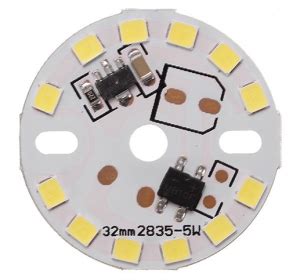
Quality Control Measures in LED PCB Assembly
Maintaining stringent quality control measures in LED PCB assembly is essential to ensure the reliability and longevity of the final product. Effective quality control begins with thorough inspection of the raw materials used in PCB assembly. This process involves examining component specifications and verifying they meet established standards before proceeding with the assembly. A robust quality assurance protocol should also include testing methods such as automated optical inspection (AOI), which visually inspects the assembled boards for defects, ensuring that all components are correctly placed and soldered. Additionally, implementing a functional testing phase during the assembly process can identify potential issues early, minimizing risks of failure in operational environments. Training staff on the latest quality standards and techniques further contributes to enhancing overall assembly performance. Furthermore, regularly auditing suppliers for compliance with these quality metrics enhances the pcba process, ensuring consistent delivery of high-quality components. By integrating these comprehensive strategies into LED PCB assembly, manufacturers can significantly boost product reliability while optimizing efficiency throughout the production cycle.
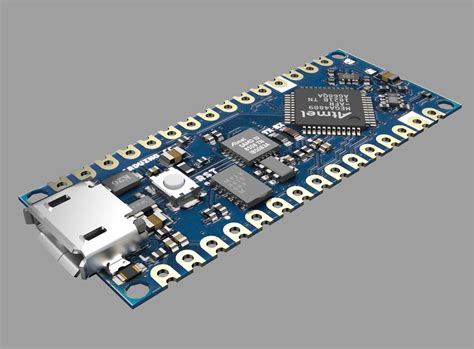
Cost-Effective Strategies for LED PCB Manufacturing
In today’s competitive environment, implementing cost-effective strategies in LED PCB manufacturing is essential for maintaining a strong market presence. One of the key approaches involves optimizing the pcb assembly processes to ensure a balance between quality and expense. By leveraging advanced automation technologies, companies can significantly reduce labor costs and increase precision in the pcba processes. This improved efficiency not only enhances the consistency of the end products but also facilitates quicker turnaround times. Additionally, focusing on materials management can lead to substantial savings; using high-quality yet cost-efficient materials ensures that durability is not sacrificed for price. Another strategy includes the adoption of lean manufacturing principles, which emphasize maximizing customer value while minimizing waste. By evaluating every step in the LED PCB assembly workflow, businesses can identify areas where resources are underutilized and make necessary adjustments to streamline operations. Moreover, continuous training for employees on best practices in pcba techniques will cultivate a skilled workforce adept at reducing errors and rework costs. Ultimately, by integrating these cost-effective strategies, organizations can enhance their overall performance while delivering superior LED products to their customers.
Reducing Production Time in LED PCB Assembly
In the highly competitive field of LED PCB assembly (pcba), minimizing production time is crucial for maintaining an advantage. One effective method is to streamline the workflow by implementing automation technologies that reduce manual intervention. Automated assembly lines can perform pcba tasks with remarkable speed and precision, thus significantly accelerating the overall production process. Additionally, optimizing the layout of the LED PCB assembly workstations can facilitate smoother transitions between different stages, reducing delays and enhancing efficiency. Regular training sessions for staff can further contribute to a decrease in production time, as a well-trained team is more adept at identifying and solving potential issues quickly. Moreover, employing advanced testing methods at each stage—rather than waiting until the end of production—can identify defects sooner, allowing for prompt corrective actions that prevent rework. Overall, by investing in automation and fostering a culture of continuous improvement, companies can achieve substantial reductions in pcb assembly time while sustaining high-quality output.
Innovations Shaping the Future of LED PCB Technology
The landscape of LED PCB assembly is witnessing remarkable advancements driven by innovative technologies and methodologies. As the demand for high-performance and efficient pcba solutions continues to grow, manufacturers are increasingly adopting automation and smart manufacturing practices. These innovations facilitate more precise placement of components, enhance soldering accuracy, and ultimately lead to improved thermal management in LED PCB assemblies. Furthermore, the integration of advanced materials, such as high-frequency substrates and flexible circuits, is revolutionizing design capabilities, allowing for more compact and effective pcba layouts. Robotics and artificial intelligence also play a pivotal role, streamlining the production process while minimizing human error and reducing overall costs. As these developments progress, the focus on sustainability and environmentally friendly practices is becoming paramount. This convergence of technology not only accelerates production times but also sets a new standard for quality assurance in LED PCB assembly, ensuring that products meet the rigorous demands of modern applications while remaining cost-effective. The synergy between these innovations marks a significant step forward for the industry, elevating both performance and efficiency in pcba processes.
Conclusion: Best Practices for Enhanced LED PCB Performance
To achieve optimal results in LED PCB assembly, integrating best practices across various stages of the PCBA process is crucial. One effective method is to ensure that component placements are precise, as misalignments can lead to inefficiencies and performance issues. Utilizing high-quality materials not only enhances the durability of the assembled boards but also optimizes the thermal management essential for LED applications. Implementing automated inspection technologies can further improve performance by identifying defects early in the manufacturing process, thus reducing waste and enhancing overall quality. Moreover, regularly updating the skills of personnel involved in pcb assembly is important, as it keeps them informed about the latest techniques and technologies that can drive efficiency. Collaborating closely with suppliers to ensure that components meet high standards also contributes significantly to the success of LED applications in various environments. By adhering to these best practices, manufacturers can enhance performance while achieving cost-effectiveness and efficiency throughout their LED PCB assembly processes.
Conclusion: Best Practices for Enhanced LED PCB Performance
In summary, optimizing LED PCB assembly is essential for achieving superior performance and efficiency in electronic manufacturing. By implementing proven strategies, manufacturers can enhance pcba quality while minimizing costs and production timelines. Central to this process is the need for rigorous quality control measures, which ensure that every component functions seamlessly within the overall design. The application of advanced techniques such as effective thermal management, optimal layout design, and appropriate soldering methods can significantly elevate the reliability of pcb assembly processes. Moreover, continuous innovation in LED technology drives further enhancements, making it indispensable to stay abreast of emerging trends. As we look ahead, integrating these best practices will not only improve the durability of pcba but also foster sustainable manufacturing practices in a competitive market landscape.
FAQs
What is LED PCB Assembly?
LED PCB assembly, or PCBA, refers to the process of assembling light-emitting diodes (LEDs) onto printed circuit boards (PCBs) to create functional electronic devices.
Why is performance important in LED PCB assembly?
Performance in LED PCB assembly is crucial because it directly affects the efficiency, brightness, and lifespan of the LED products. A well-optimized assembly process can enhance these factors.
How can I improve efficiency in my LED PCBA processes?
To improve efficiency in your LED PCBA processes, consider adopting automation in assembly, utilizing advanced soldering techniques, and implementing proper layout designs that minimize production complexity.
What quality control measures should I implement for PCBA?
Implementing thorough quality control measures such as visual inspections, automated optical inspection (AOI), and functional testing can ensure that your finished PCBA meets industry standards.
Are there cost-effective strategies for LED PCB manufacturing?
Yes, adopting bulk purchasing of components, optimizing manufacturing processes, and investing in training for staff can all contribute to more cost-effective strategies for LED PCB manufacturing.
How can production time be reduced in the PCBA process?
To reduce production time in the LED PCB assembly, you could streamline workflows, enhance communication between teams, and adopt modular designs that facilitate quicker assembly.

